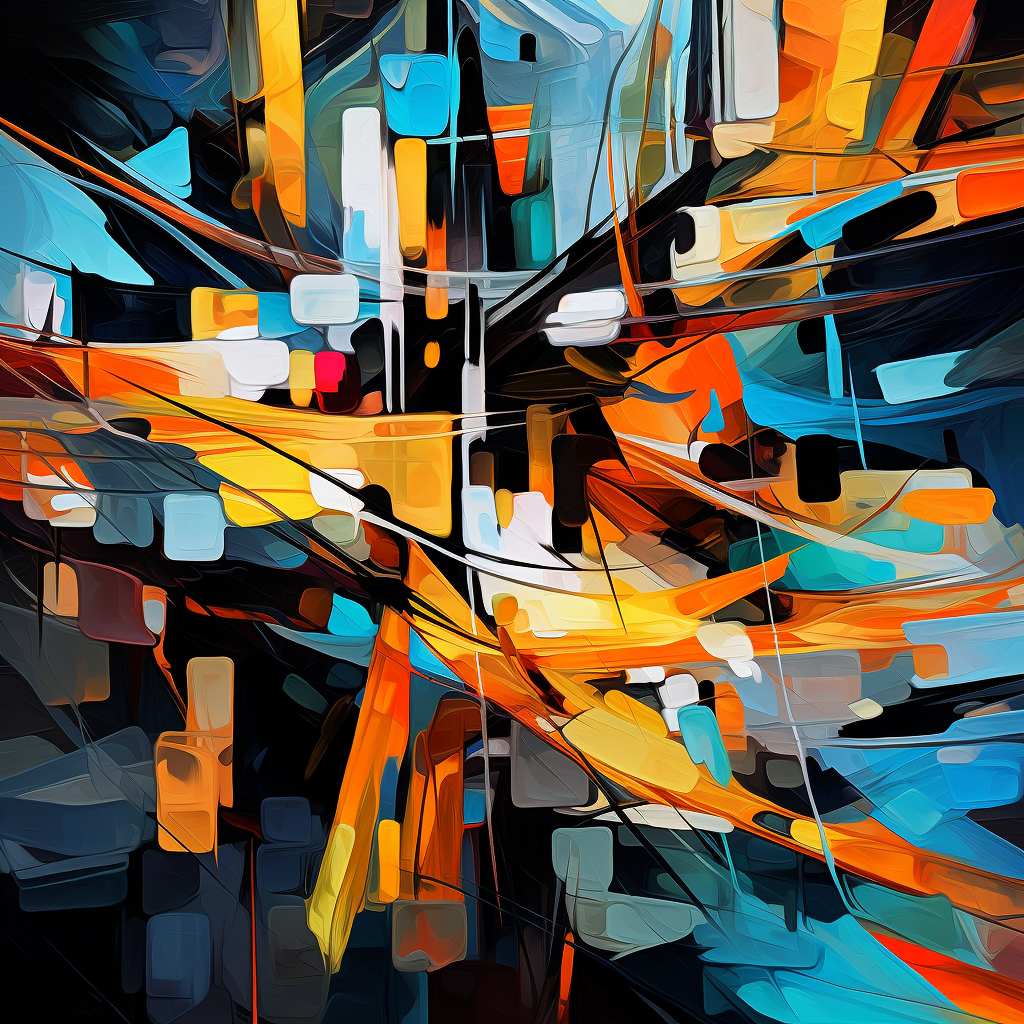In the realms of communication and sensory experiences, the terms “noise” and “static” hold distinct characteristics that contribute to our understanding of disruptions. Let’s delve into the intricacies that differentiate these terms.
Defining the Terms:
1. Noise:
- Nature: Noise is akin to the unpredictable. It manifests as sporadic and irregular disturbances, disrupting the clarity of signals in various systems.
- Common Contexts: In audio, noise may manifest as background interference, affecting sound quality. In communication, it represents unwanted signals that hinder the transmission of information.
2. Static:
- Nature: Static, on the other hand, is characterized by its stationary nature. It often implies a constant interference, maintaining a presence that can be perceived as a consistent disturbance.
- Common Contexts: In audio and visual domains, static can manifest as a persistent hum or visual distortion, causing an ongoing disruption.
Contextual Differences:
Understanding the nuances of these terms requires consideration of the context in which they are used.
1. Audio Signals:
- Noise: Think of the crackling sound on a phone call or the hiss on a radio station—these are instances of audio noise.
- Static: The persistent hum in the background of an audio recording or the steady white noise from a television can be described as static.
2. Communication Systems:
- Noise: In communication, noise refers to any interference that affects the transmission of a message, including external distractions or technical issues.
- Static: Static, in this context, may refer to a consistent disruption in the form of electromagnetic interference or signal degradation.
Bridging the Gap:
While noise and static may seem distinct, there are scenarios where the lines blur. For instance, an intermittent disturbance in audio could be perceived as both noisy and static, depending on the observer’s interpretation.
Conclusion:
In navigating the labyrinth of communication and sensory experiences, the distinction between noise and static becomes a valuable tool. Recognizing the nature of disruptions allows for more precise identification and targeted solutions. Whether it’s the irregularity of noise or the constancy of static, understanding these terms enhances our ability to decipher and address interference in various systems.

